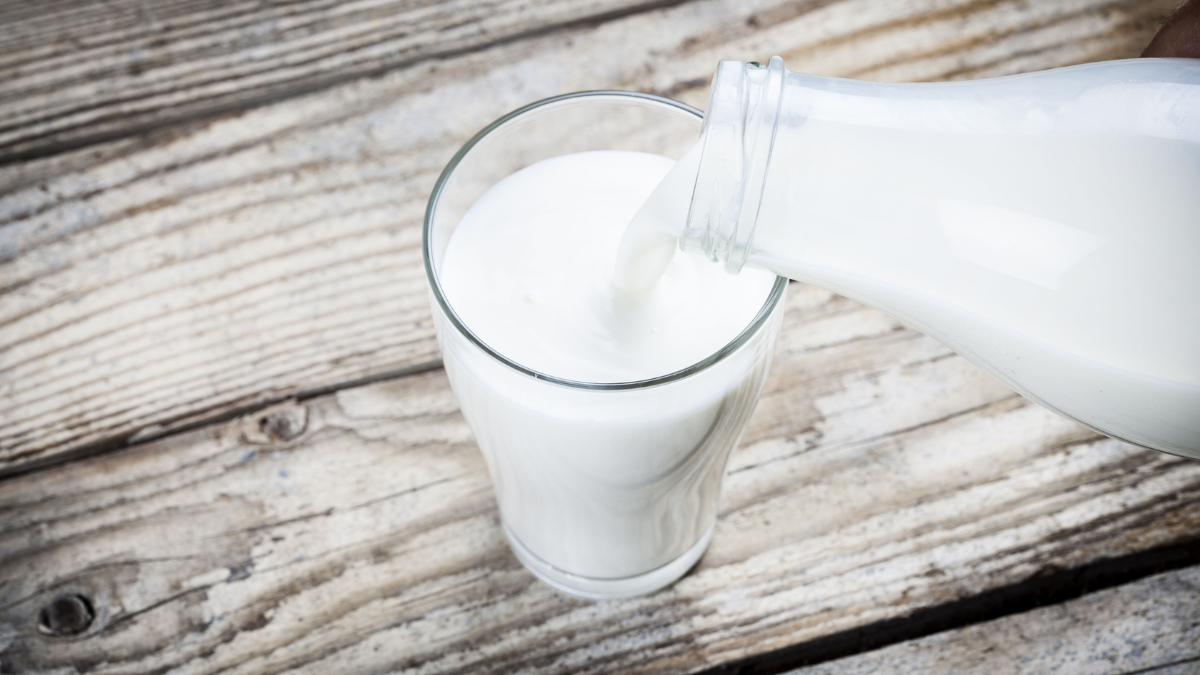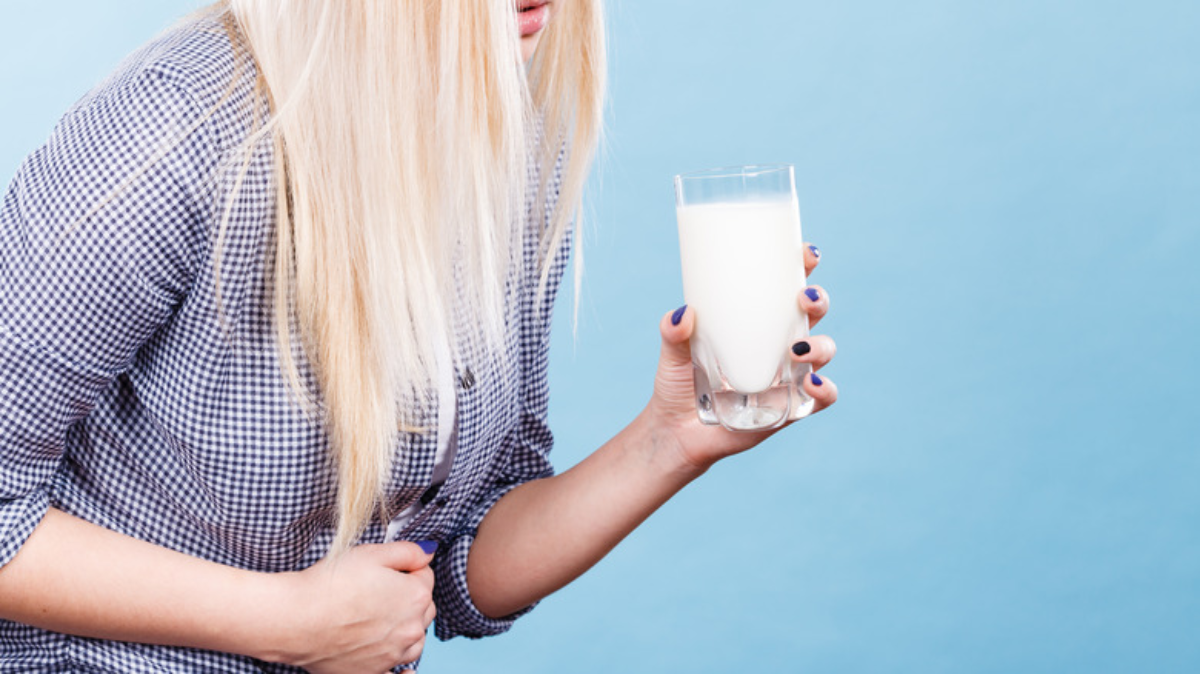Several days after its expiration date, milk is still safe to eat. Food and beverage goods’ expiration dates are related to their quality rather than their safety. Even though drinking spoilt milk might make you sick, you can usually detect when milk is bad. It can be perplexing because food and beverage products have many different expiration dates. The producers normally pasteurize milk before being sold to eliminate microorganisms. Milk can still become bad and become harmful to consume, though. To know how long can you drink milk after the expiration date, read ahead.
The time milk can be safely consumed after its expiration date varies. Milk can stay fresh for varying amounts of time, depending on the variety. Most milk consumed in the United States has been pasteurized, which involves heating milk to destroy dangerous bacteria. According to some research, pasteurized milk should stay fresh for 2–5 days and 10–21 days after its sell-by date. Despite being safer to drink, this does not indicate that leaving milk out of the refrigerator for a lengthy period—especially after opening it—is safe.
Milk
Mammals’ mammary glands create a nutrient-rich liquid diet called milk. Before they can digest solid food, it is the main source of sustenance for young mammals (including breastfed human newborns). Milk immunity is a result of immune-related and immune-modulating elements. Colostrum, or early lactation milk, contains antibodies that boost the immune system and lower the risk of several diseases. Several nutrients, including lactose and protein, are found in milk. According to the US CDC, children above 12 are advised to consume two servings of dairy milk daily.
Dairy milk is a crop that is harvested from farm animals. Around 260 million dairy cows were used in producing 730 million tonnes (800 million short tons) of milk by dairy farms in 2011. Although it exports few other milk products, India is the world’s largest milk producer and the top skimmed milk powder exporter. India may soon become a net importer of dairy goods due to the country’s rising demand for dairy products.
What does Expiration Date Mean?
In the US, food and beverage packaging often includes at least one date, which might indicate various things. These dates and definitions may differ amongst labels and are not governed by the same laws. The following dates are frequently found on food and beverage labels, according to the Food Safety and Inspection Service (FSIS):
- Use by: This is the last date the manufacturer recommends a consumer use the product for peak quality.
- Best if used by: This date refers to a product’s best flavor or quality.
- Sell by: This date recommends how long a shop should display the product.
- Freeze by: This is the best date for freezing a product to ensure the best quality.
These labels have nothing to do with food or beverage quality. All goods should be safe after these dates with proper management.
Although the FSIS does not mandate product dating, any voluntarily used dates must be accurate and adhere to all applicable laws, such as showing a day and a month. Because infant formula can be harmful after its use-by date, the FSIS does regulate it as an exemption.
The Food and Drug Administration (FDA) estimates that Americans throw away nearly one-third of their annual food supply, or $161 billion, each year. Uncertainty regarding the meaning of food and drink labels is the cause of 20% of that waste.
Except for infant formula, the FDA is now collaborating with other federal agencies to standardize the usage of “best if used by” to denote the date of optimal quality. The goal is to decrease the amount of safe-to-eat food thrown away after its expiration dates.
How Long can you Drink Milk After the Expiration Date?
Most milk bought from a grocery store in the US is pasteurized.
- Milk is heated during the pasteurization process to eradicate dangerous bacteria like Salmonella, Listeria, and E. coli. By doing this, milk’s shelf life is increased by two to three weeks.
- Pasteurization might not completely eradicate the bacterium, and any remaining bacteria will continue to develop and ruin the milk.
- According to a study, milk’s shelf life greatly depends on the temperature in the refrigerator. The shelf life can be increased by nine days by lowering the refrigerator’s temperature to between six and four degrees Celsius.
- Although no guidelines have been issued, most research indicates that unopened milk is often in acceptable condition five to seven days beyond the date indicated on the packaging when it is properly stored. Milk that has been opened can be kept for at least 2 to 3 days after its use-by date.
- Raw unpasteurized milk has a shorter shelf life than other types of milk. Additionally, consuming this kind of milk may increase your chance of developing specific illnesses brought on by food-borne bacteria.
- In contrast, milk has undergone an ultra-heat treatment to stabilize or sterilize it (UHT). Unopened dairy products can now be stored at room temperature thanks to UHT, a process similar to pasteurization but carried out at a higher temperature.
- If kept in the refrigerator in a cold, dry environment, UHT milk can often be kept for 2 to 4 weeks from the date of print and for up to 1 month. UHT milk needs to be refrigerated after opening and consumed within seven to ten days.
However, it is crucial to assess the milk’s quality based on the flavor and appearance of the final product before ingestion.
Ways to Make your Milk Last Longer
After the sell-by or best-by date, milk may still be edible for a few days. If you don’t handle and store milk properly, you could still wind up spoilt milk.
Here are a few tips on how to keep your milk from spoiling quickly:
- Unless it’s shelf-stable, place milk in the fridge as soon as possible after purchase
- Keep your refrigerator temperature between 38°F (3°C) and 40°F (4°C)
- Store milk on an interior shelf in your fridge rather than on a shelf in the door
- After use, always tightly seal and quickly return the carton to the fridge
While milk can be kept for up to three months, the texture and color of the milk may alter unfavorably after freezing and thawing. So it will be secure to consume.
Why does Milk go Bad?
Bacterial proliferation impairs milk’s texture, flavor, and quality, deteriorating milk. Milk spoiling is frequently caused by psychrotrophic bacteria, which can flourish in freezing temperatures. Escherichia coli and Salmonella are two examples of bacteria that can naturally occur in milk and cause spoilage and illness.
To increase the shelf life of milk, numerous steps in the production process work to eradicate these germs. The United States Department of Agriculture’s requirements is followed in milk production. Manufacturers’ dairy cows are raised and milked before the milk is transported for testing and processing and stored at 40°F or less. In the process of digesting milk,
- Pasteurization: Manufacturers heat the milk to kill bacteria before cooling it again.
- Homogenization: An atomizer disperses fat evenly through the milk and prevents it from floating to the top.
- Separation: A centrifuge spins the milk to separate the cream before recombining it with varying amounts of fat for different types of milk. Pasteurization kills off most but not all bacteria in milk, which can continue to grow after processing. After opening milk at home, new bacteria can enter it and grow, eventually causing the milk to spoil Several other stages may also be necessary, including further filtration or ultra-high temperature treatment..
What are the Side Effects of Consuming Expired Milk?
If you accidentally ingest milk that has gone bad, it will upset your digestive system. The negative impacts may consist of:
- Stomach pain
- Nausea
- Vomiting
- Diarrhea
Drinking milk that has gone bad poses a major health concern since the bacteria growth within the container can cause food poisoning. Remember that raw milk can include bacteria that cause tuberculosis, typhoid fever, streptococci, Salmonella, Escherichia coli, and other illnesses.
Many of these microorganisms are killed during pasteurization, extending the shelf life of the milk. But if it is destroyed, some of these bacteria may reappear, posing a risk to anyone who dares to drink it.
Customers frequently discover that milk in their refrigerators is still fresh even when it exceeds a few days’ expiration dates. In any case, this is an issue that only arises when the product is handled carefully, refrigerated, and handled with the hygiene that is appropriate for handling foods as delicate as dairy.
The reverse outcome, in which the milk is harmed well before its expiration date and poses a risk to our health, can happen if it is handled wrongly.
Although food poisoning from consuming outdated milk can sometimes be deadly, it can also be so mild that you are unaware you have it.
Stomach cramps, nausea, diarrhea, or fever are signs of food poisoning brought on by consuming outdated milk. You could start feeling the effects of this condition as little as two hours after consuming the contaminated milk, and it could linger for hours or even days.
Conclusion
Dates on milk containers have to do with quality, not safety. After the expiration date, milk is often safe to eat for at least a few days. Most of the time, people can tell when milk is spoiled because of the smell and appearance. The time milk will remain fresh can vary depending on its processing. It is recommended to store milk securely and carefully, such as by refrigerating it.
While drinking spoilt milk may induce a few minor symptoms, it often has no lasting negative effects. Many people discard milk before it spoils because they don’t understand the labels on milk containers. Although you should always check your milk before drinking it, most milk is safe to consume for many days beyond the date listed on the label. The flavor can start to wane. Older milk can be used in soups, baked goods, and pancakes to reduce food waste.


